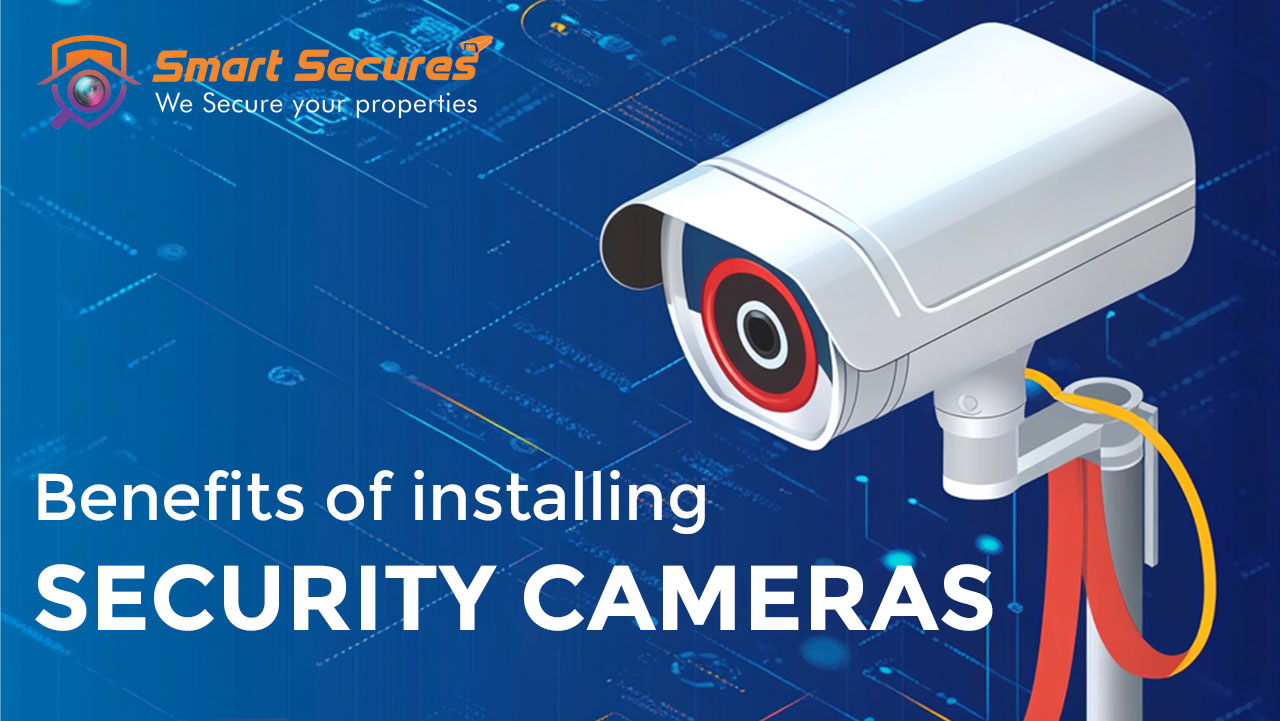
Keeping your CP-Plus DVR online is essential for real-time monitoring and effective security, whether in a home or commercial setting. An offline DVR can disrupt your security system, preventing you from accessing live footage, receiving notifications, or checking in on your premises remotely. This guide will walk you through the process of changing your CP-Plus DVR from offline to online mode, troubleshooting connectivity issues, and answering common questions.
Why Does a CP-Plus DVR Go Offline?
There are various reasons a CP-Plus DVR might go offline, including network connectivity issues, incorrect settings, or outdated firmware. Understanding the cause of the offline mode can help you restore online access quickly.
Step-by-Step Guide: How to Change Offline Mode to Online in CP-Plus DVR
Step 1: Check Network Connection
- Ensure the DVR is Connected: Confirm that your DVR is connected to the internet. Check the physical Ethernet cable or Wi-Fi connection.
- Restart the Router: Often, restarting your router can fix network issues. Turn off your router for a few seconds and then turn it back on.
- Verify Internet Stability: Make sure your internet connection is stable and has a consistent signal.
Step 2: Configure Network Settings
- Access DVR Network Settings: Open the CP-Plus DVR interface on your monitor. Go to the Settings menu and select Network Settings.
- Set IP and DNS Correctly: Choose either Dynamic IP (DHCP) or Static IP based on your preference. Ensure the DNS settings are correct—incorrect DNS can lead to connectivity issues.
- For a home network, using Automatic IP may be easiest.
- For business and industrial networks, set a Static IP to maintain consistent connectivity.
Step 3: Check Port Forwarding and Firewall Settings
- Enable Port Forwarding: Access your router settings and enable Port Forwarding for the DVR’s IP address. This helps in remote access and prevents disconnection.
- Check Firewall Settings: Ensure that the firewall or antivirus software on your network doesn’t block DVR connections. In commercial and business networks, consult with your IT team to configure firewall settings for CP-Plus DVR.
Step 4: Update Firmware (If Required)
- Check for Firmware Updates: Outdated firmware may cause the DVR to go offline. Visit the CP-Plus website or check through the DVR’s settings for any available updates.
- Update the DVR Firmware: Download and install any updates available. Restart the DVR after updating to see if this resolves the issue.
Step 5: Reboot the CP-Plus DVR
Once all settings are configured, restart the DVR. A reboot can often reset the connection, allowing the DVR to go back online.
Step 6: Test the Connection
After following the above steps, test if the DVR is back online:
- Access the CP-Plus app or web interface and check if the live feed is available.
- Confirm that you can access the DVR remotely through a mobile device or computer.
Conclusion
Changing your CP-Plus DVR from offline to online mode is crucial for reliable security monitoring. By following these steps—checking network connections, configuring IP settings, enabling port forwarding, updating firmware, and adjusting firewall settings—you can resolve offline issues and restore connectivity. Whether you’re a homeowner looking to monitor your property remotely or a business manager securing commercial premises, keeping your DVR online ensures constant access to your security system.







